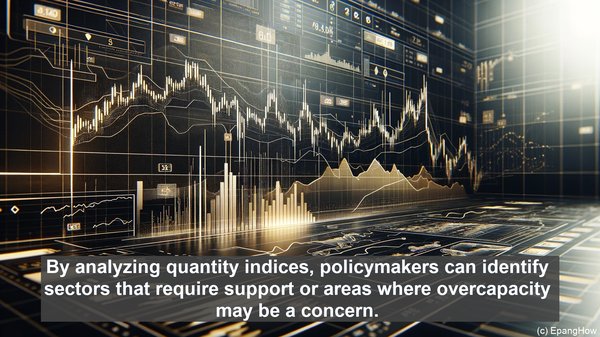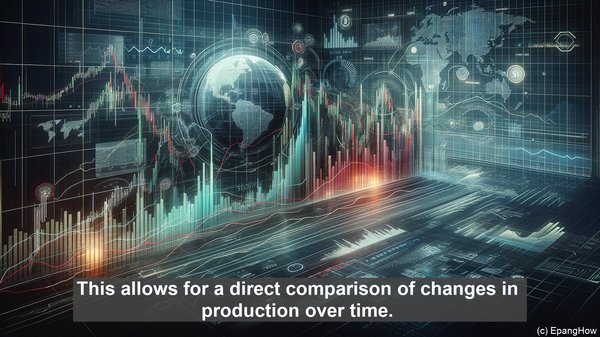Introduction: The Significance of Economic Indices
Hello everyone! Economic indices play a crucial role in understanding market dynamics and making informed decisions. Two key indices that often take the spotlight are price indices and quantity indices. While they may seem similar at first, they serve distinct purposes and provide unique insights. Today, we’ll explore the differences between these indices, shedding light on their individual characteristics and applications.

Price Index: Capturing Inflation and Deflation
A price index, as the name suggests, measures the average price changes of a basket of goods and services over time. It serves as a reliable indicator of inflation or deflation within an economy. The most well-known price index is the Consumer Price Index (CPI), which reflects the price changes of goods and services commonly purchased by households. By tracking the CPI, policymakers, businesses, and individuals can gauge the impact of price fluctuations on purchasing power and plan accordingly.
Quantity Index: Tracking Changes in Output
On the other hand, a quantity index focuses on changes in the physical output of goods or services. It provides insights into production trends and is often used to analyze productivity growth. For instance, a quantity index can track the number of cars produced by a manufacturer over time, allowing them to assess their production efficiency and identify areas for improvement. By monitoring quantity indices, economists and businesses can gain a comprehensive understanding of supply-side dynamics.

Different Calculations: Weighted Averages vs. Fixed Base
Another key distinction lies in the calculation methods. Price indices, such as the CPI, often use a weighted average approach. This means that items with higher importance in the average consumer’s budget, like housing or transportation, have a greater impact on the overall index. On the other hand, quantity indices typically employ a fixed base approach, where a specific period’s output serves as the base, and subsequent periods’ output is compared to it. This allows for a direct comparison of changes in production over time.
Applications: Planning, Policy, and Analysis
Both price and quantity indices have diverse applications. Price indices are invaluable for inflation targeting, as central banks can adjust monetary policies based on inflationary or deflationary signals. They also aid in wage negotiations, ensuring fair compensation in line with cost-of-living changes. Quantity indices, on the other hand, are crucial for production planning, resource allocation, and assessing industry performance. By analyzing quantity indices, policymakers can identify sectors that require support or areas where overcapacity may be a concern.
